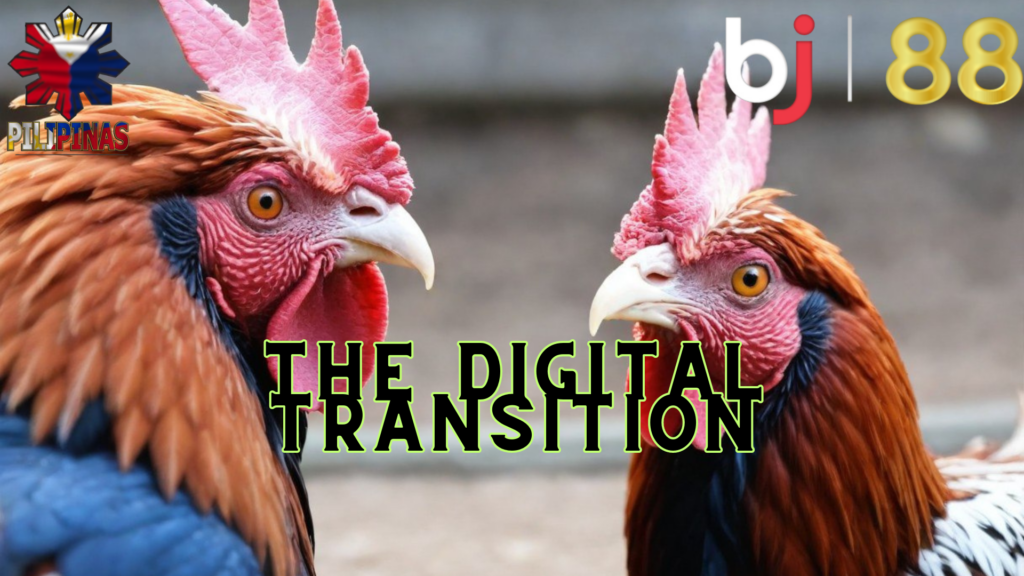Online education has rapidly become a significant trend in the Philippine educational landscape, integrating traditional learning methods with modern technology. With increasing internet accessibility and smartphone usage across the nation, online education has established a robust platform, revolutionizing the way students learn and teachers teach. This digital transformation is not only reshaping the educational framework but also significantly impacting the economy and regulatory environment of the Philippines.

The traditional education system in the Philippines has long been classroom-based, with students attending physical schools and colleges. This method fosters direct interaction between teachers and students and provides a structured environment for learning. However, it also presents challenges such as geographical limitations, overcrowded classrooms, and resource constraints.

The transition to online education has been accelerated by several factors. The COVID-19 pandemic played a crucial role, as lockdowns and social distancing measures forced educational institutions to close temporarily. This created a pressing need for alternative methods of instruction. Online education platforms emerged as viable solutions, offering virtual classrooms where students can continue their studies remotely.

Online education platforms operate by providing a range of digital learning resources, including live video classes, recorded lectures, interactive assignments, and forums for discussion. Students can register on these platforms, attend classes, submit assignments, and take exams, all from their homes. The platforms also offer tools for teachers to monitor student progress and provide feedback. Transactions for tuition fees are handled through secure online payment systems, ensuring a smooth enrollment process.

The economic impact of online education is substantial. It has created new revenue streams for educational technology companies and has led to increased demand for digital devices and internet services. The Philippine government and private sector have recognized the potential of online education, investing in digital infrastructure and training programs to support this shift. This investment not only enhances educational accessibility but also contributes to economic growth by fostering a more skilled workforce.

While the rise of online education brings numerous benefits, it also presents regulatory challenges. Ensuring the quality of education, preventing academic dishonesty, and protecting student data are key concerns. The Department of Education (DepEd) and the Commission on Higher Education (CHED) have implemented guidelines and accreditation processes for online education providers to address these issues. Additionally, there are ongoing efforts to promote digital literacy and ensure that all students have access to the necessary technology.

The future of online education in the Philippines looks promising, with continuous technological advancements and increasing acceptance among educators and students. Innovations such as artificial intelligence (AI) and virtual reality (VR) could further enhance the learning experience, making online education more interactive and personalized. Moreover, the integration of blockchain technology could offer more secure and transparent methods for credential verification and academic record-keeping.
CONCLUSION
Online education in the Philippines exemplifies how traditional educational practices can adapt and thrive in the digital age. It has successfully transitioned from physical classrooms to online platforms, offering a modern twist to conventional learning. With its significant economic contributions and evolving regulatory framework, online education is poised to remain a prominent feature of the Philippine educational system, blending traditional values with technological innovation.
As this trend continues to develop, it will be crucial for stakeholders to balance growth with quality and accessibility, ensuring that online education remains an effective and inclusive mode of learning for all students.

